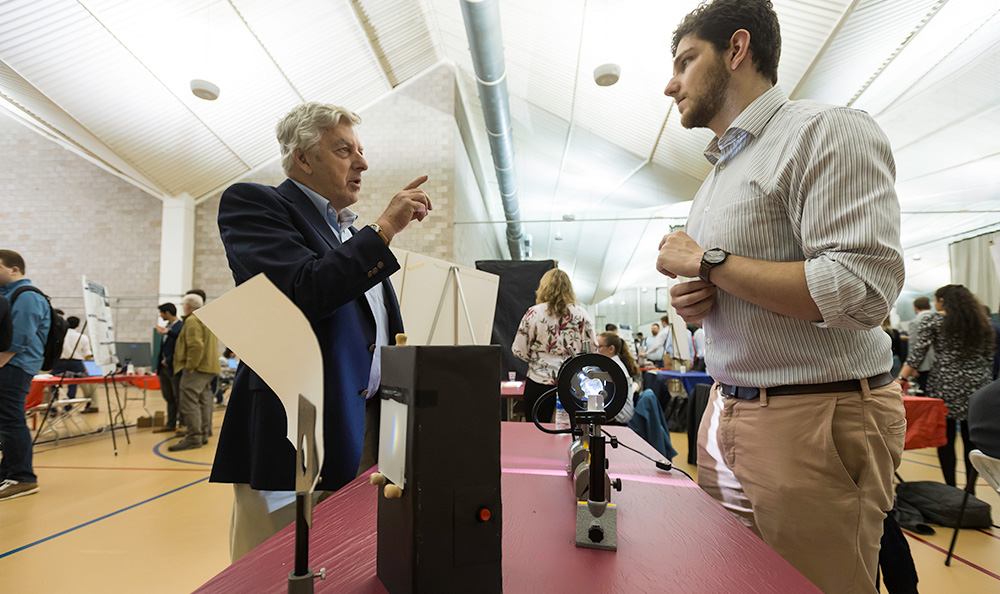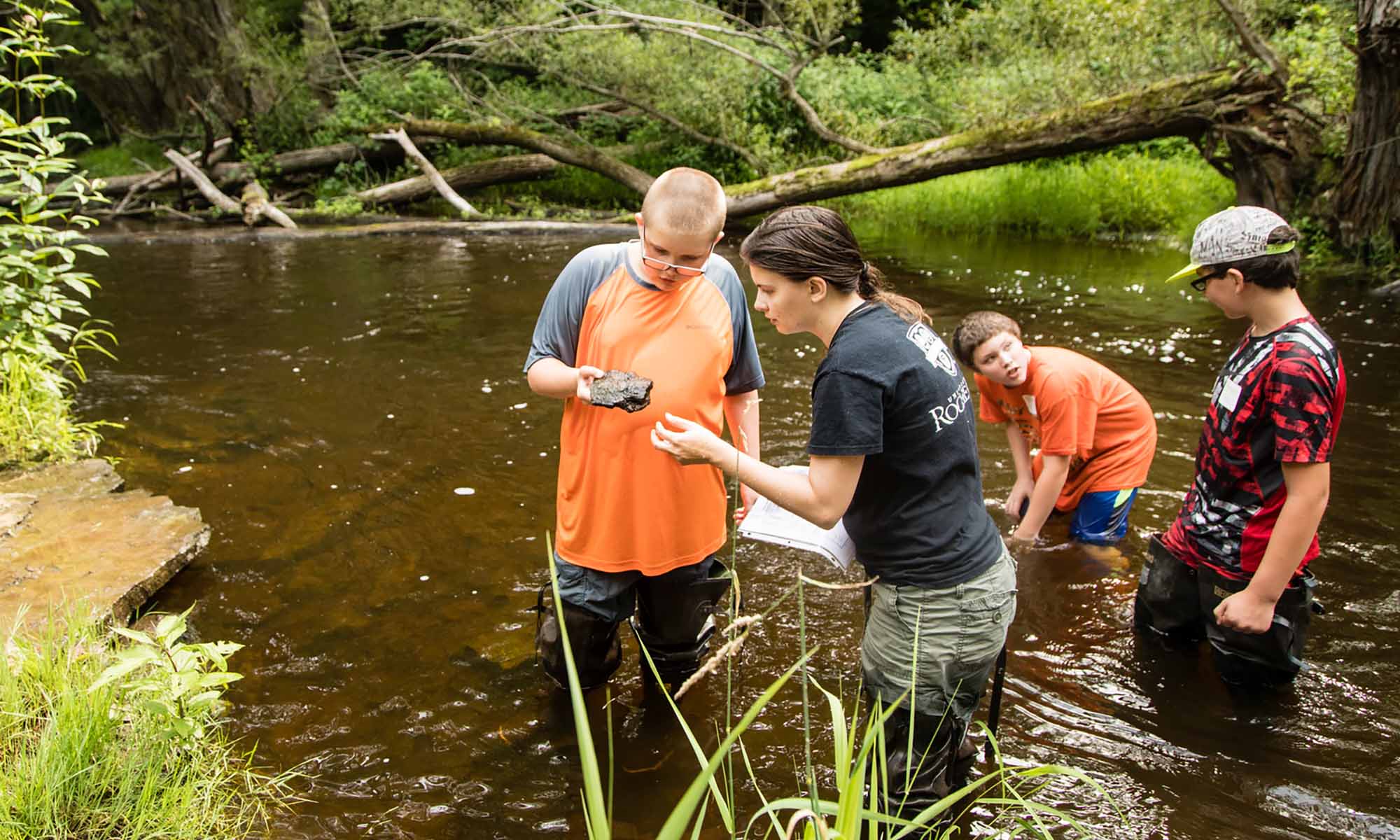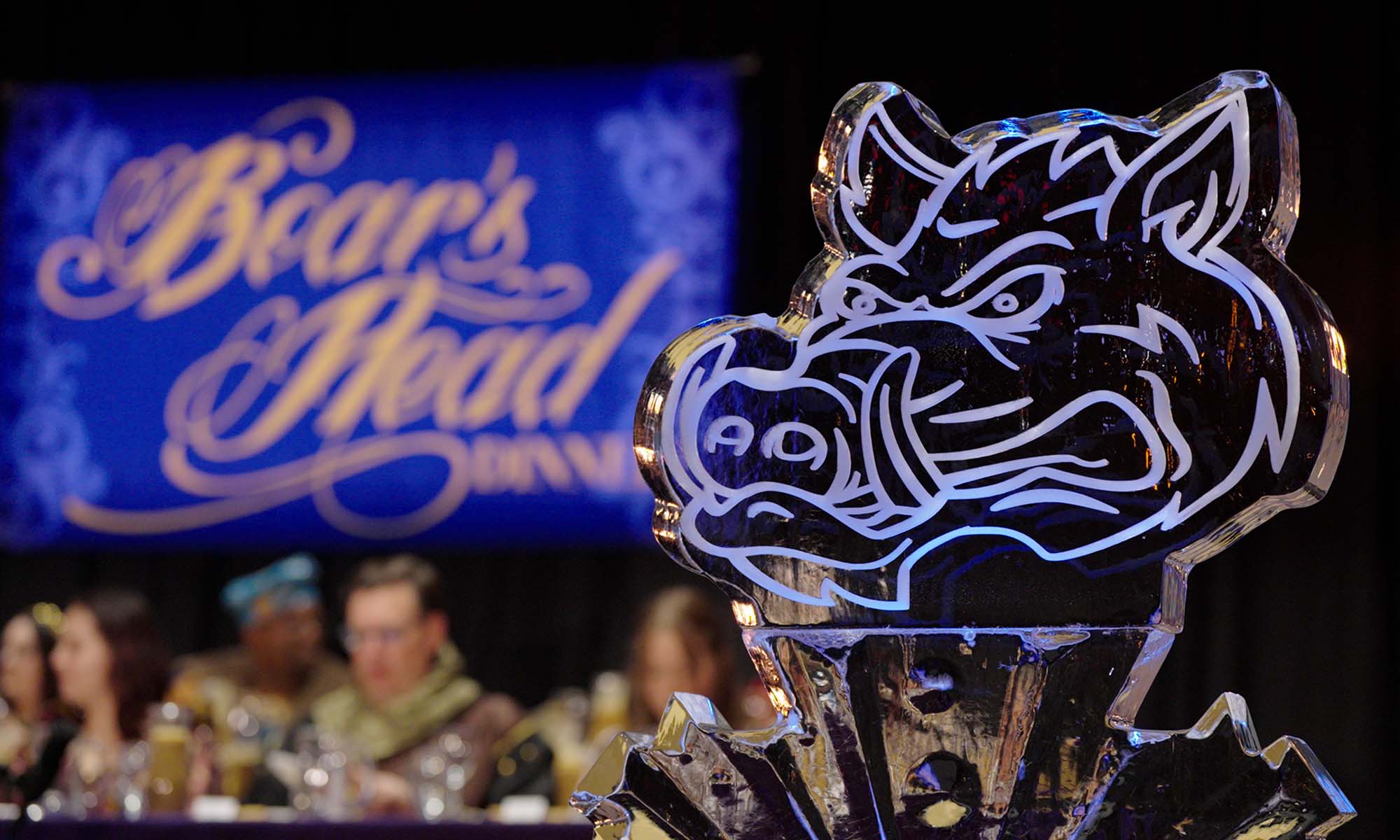Making Their Mark is a Newscenter series of profiles celebrating members of Rochester’s graduating class of 2019.
Each of the last four years, senior design teams at the University of Rochester’s Institute of Optics have created exhibits for the Rochester Museum and Science Center (RMSC) to illustrate to the public the science of light and its applications.
This year Calvin Uzelmeier of the RMSC staff asked students to prepare an exhibit for a new floor celebrating notable women in Rochester history.
“After we sat down and thought for a little bit,” says Benjamin Larson ’19, “it was kind of easy to decide who we should highlight.”
Donna Strickland ’89 (PhD), an Institute of Optics alumna, shared this year’s Nobel Prize in Physics for the chirped-pulse amplification technology she developed as a PhD student at the University, working with Gerard Mourou, a senior scientist at the Laboratory for Laser Energetics. The technology enabled a stunning advance in laser power by stretching, amplifying, and then recompressing a laser beam. This has paved the way for a variety of applications, from Lasik eye surgery to the manufacturing of materials used in smartphones.
The biggest challenge for the students was figuring out how to “make this cutting-edge technology accessible to people who don’t have a technology background — from five or six years old to senior citizens — and also be creative so the exhibit is attractive to them,” says Dingzhe Zheng ’19, a member of team.
Rather than try to create an exact model of what Strickland and Mourou created, the team, which also includes Ryan Walton ’19, decided to concentrate on illustrating basic concepts underlying the technology.
For safety reasons, the exhibit uses a 100-watt LED light source rather than lasers. As Walton explains: The light first goes through a pinhole “so we can contain it, and so there isn’t a lot of stray light in the system.” Next the light passes through two lenses, “which act to focus the light into a much smaller bundle.”
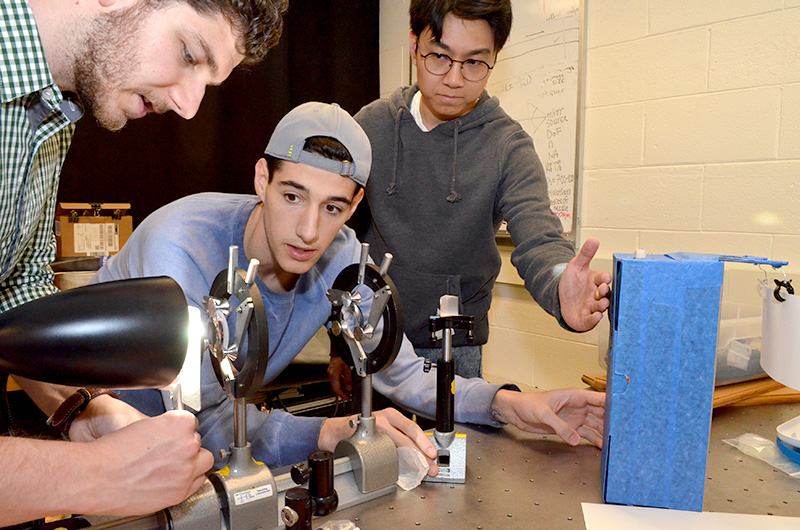
This bundle of white light is then put through a high dispersion prism, which “does the act of separating the light into different colors.” As these different wavelengths angle away from the prism, they pass through a box. “It has a slider that can be moved to block some of the colors, and ground glass at the back that scatters the remaining light” so that it appears as a mix of colors on a screen behind the box.”
Museum visitors will be able use the slider to select which colors they want to block — and actually see they’ve succeeded when those colors no longer appear in the mix of colors on the screen.
“They’ll learn that a bundle of light has many different wavelengths, or colors in this case, and you can take apart that bundle to look at the individual wavelengths, and then you can put it back together,” Walton says.
It’s not an exact duplication of chirped-pulse amplification, but it is comparable.
“With chirped pulse amplification, traditionally with a laser, what they do at the gradient, or the prisms, is stretch the pulse in time, so they take different parts of the spectrum, one at a time,” Walton says. “What we’re doing with our prism is taking the different parts of the light source, and we’re separating them in space, as opposed to time. So that’s kind of the analogue here.”
In their effort to educate the public, the students say they’ve learned a thing or two themselves.
“When you’re doing color mixing with a computer program, it’s really simple,” Walton says. “But to actually find the components and find what’s financially feasible to do it in a physical exhibit like this, is definitely something you need to learn in the lab.”
On two occasions the team took prototypes to the museum to get feedback from visitors and staff.
“At first when we brought it in, people didn’t focus on the things we wanted them to,” Larson says. “So, the feedback was very helpful. It was also interesting seeing how people learn in different ways. Some people walk up and get it right away, and with some people you need to say just one word, and then they understand it.”
Larson says he also has an increased appreciation for “everything around me that someone had to make. Now that I’ve worked on a project where we made something on our own, I can appreciate the design of things and engineering in general.”
The Institute is the nation’s oldest school of optics and has awarded about half of all US degrees in the field. Zheng has been accepted into the master’s degree program at the Institute.
Walton will start working with BAE Systems, a defense contractor, after graduating. Larson is interviewing with potential employers. Both connected with employers through the Institute’s Industrial Associates Program, which brings representatives from more than 50 member companies to the Rochester campus each spring and fall. The meetings include opportunities for students to network with company representatives, and apply for internships and jobs.
More from Design Day
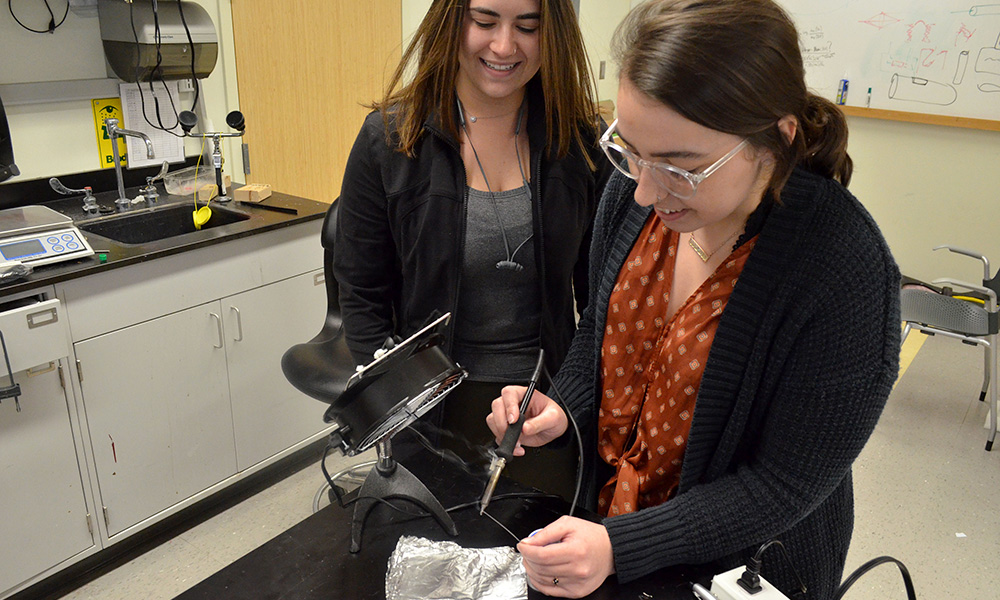
Students make assembly line more accessible for workers with disabilities
The graduating seniors behind THOR Designs are the first all-female engineering team to compete in a state-wide competition to bring assistive technologies to New Yorkers in the workplace.
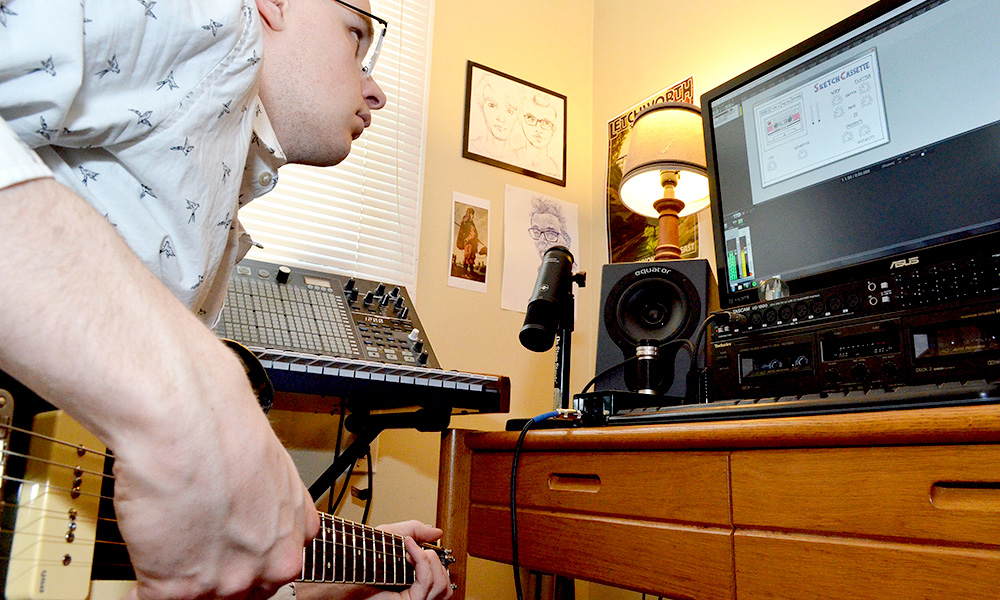
Adding a vintage feel to modern audio recordings
Warble. Wow. Flutter. A team of audio and music engineering graduates is bring back these irregular, low-fi sounds from four-track cassette recordings of the 1980s and ’90s with a digital plug-in.
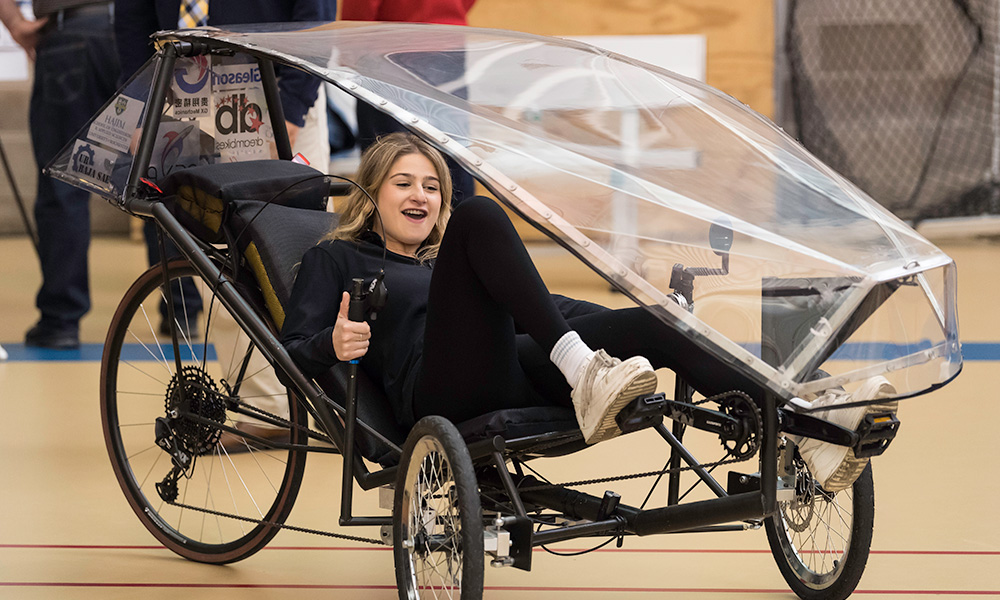
Human powered vehicle offers ‘so many things’ in one project
Members of the Human Powered Vehicle Challenge Team can take their senior engineering capstone project on the road, competing nationally with other student engineers to design, build, and race a new off-road vehicle.

